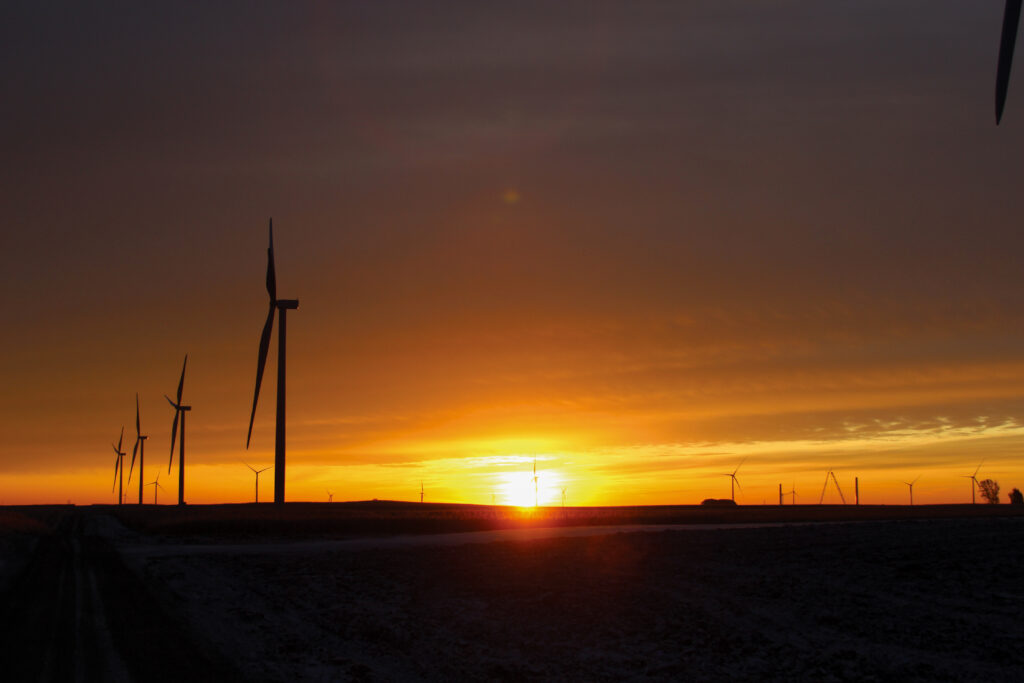Airport commission sets special meeting Tuesday to discuss Alliant power plant proposal
Richard Pratt

Whispering Willow North Wind Farm in Franklin County, Iowa. CREDIT ALLIANT ENERGY
For the first time in decades, Iowa is seeing a marked increase in electricity demand, spurred in large measure by the continued development of data centers, both in the Corridor and throughout the state.
That growth leads to a natural assumption that the pace of economic development in the state is accelerating — a welcomed and positive trend.
But it…

Get immediate, unlimited access to all subscriber content and much more.
Learn more in our subscriber FAQ.
Do you want to read and share this article without a paywall?
